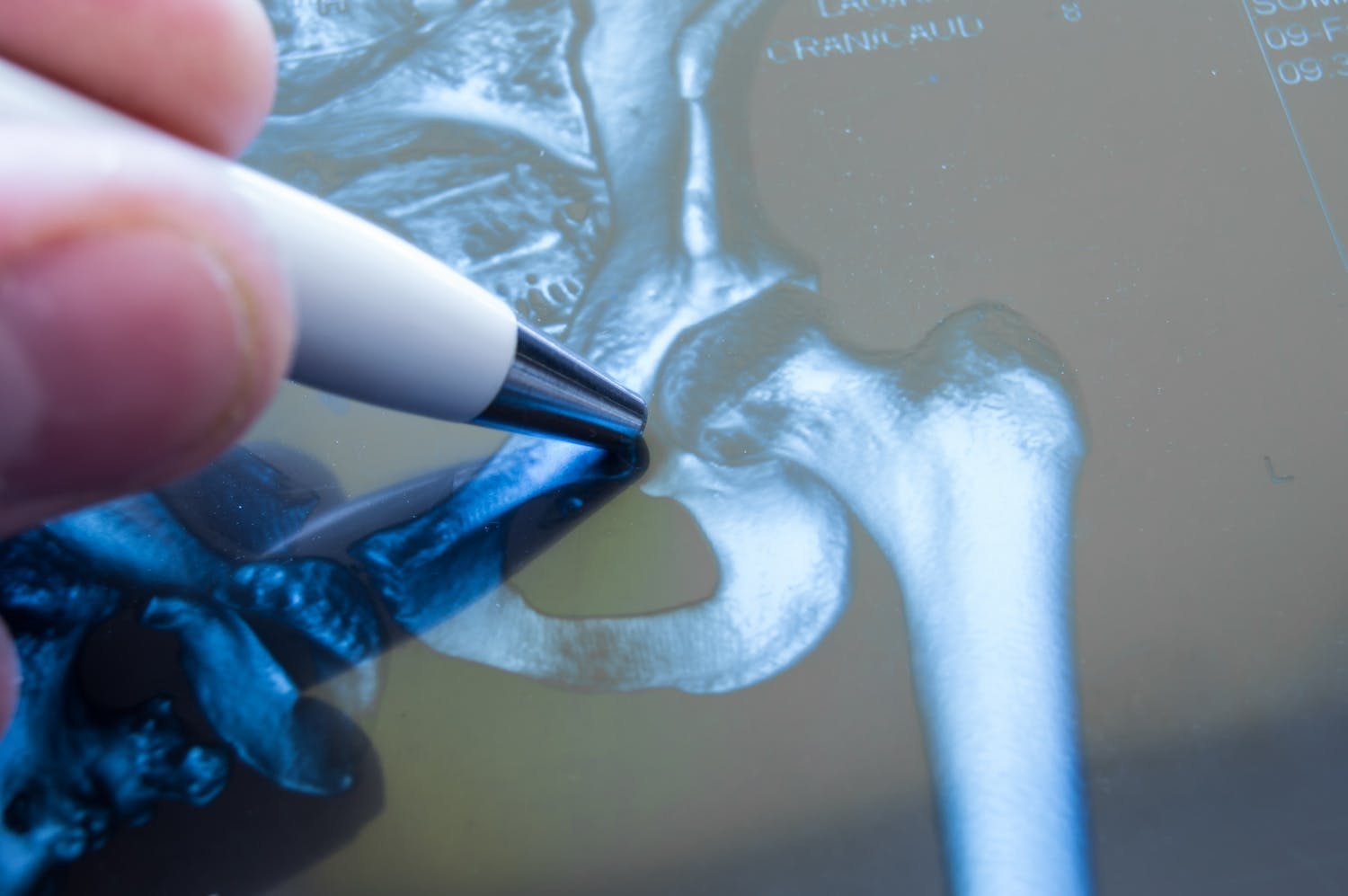- Blog
Turkey Carving Safety
Posted on 01-16-2026 in Hand, Finger & Injury Prevention by Dr. Steven Kronlage, Dr. James Piorkowski, Dr. Alex Coleman

Posted on 01-16-2026 in Hand, Finger & Injury Prevention by Dr. Steven Kronlage, Dr. James Piorkowski, Dr. Alex Coleman
The U.S. Department of Agriculture estimates that more than 46 million turkeys will be consumed on Thanksgiving. While the centerpiece of tomorrow’s holiday celebration makes for a delicious meal along with standard accompaniments such as stuffing, cranberry sauce and gravy, it must be safely served. According to the American Society for Surgery of the Hand, too many people severely cut their hands while carving a turkey, and as the American Society of Hand Therapists points out, it’s one of the top five most common Thanksgiving injuries.
To assist with a safe holiday celebration, our hand and upper extremity subspecialists would like to share a few tips for a safe and happy Thanksgiving Day feast:
If you’ve cut yourself and after a few days, numbness or tingling in the fingertip persists, or you have difficulty moving or bending your fingers, reach out to one of our fellowship-trained physicians. Simply complete our online Appointment Request form to book a visit or call us at 850.807.4200. Dr. Alex Coleman, Dr. Steven Kronlage and Dr. James Piorkowski provide the latest treatment options for the hand and upper extremities, including surgical intervention. Our offices have the latest imaging and diagnostic equipment, which minimizes the need for separate visits to other facilities and reduces out-of-pocket costs.

Ischiofemoral Impingement (IFI) is a lesser-known but often painful condition affecting the hip joint. This condition arises when the ischium (a bone in the pelvis) and the femur (the thigh bone) come into abnormal contact, which compresses soft tissues surrounding the hip. While the discomfort typically manifests in the buttocks or groin, particularly when moving the hip or walking, it can also present as low back pain, making it challenging to diagnose early. Additional symptoms and causes include discomfort during prolonged sitting, reduced range of motion, stiffness and/or tightness in the hip area.

May is Arthritis Awareness Month, an opportunity to increase public understanding of arthritis and its impact on millions of lives. Established by the Arthritis Foundation, this national observance highlights the importance of early diagnosis, effective treatment, and ongoing research to improve the quality of life for those with arthritis.

With summer in full swing and children taking advantage of more time to participate in sports-related or other outdoor activities, it’s essential to be mindful of injury prevention while encouraging their interest in activities that don’t involve screen time!